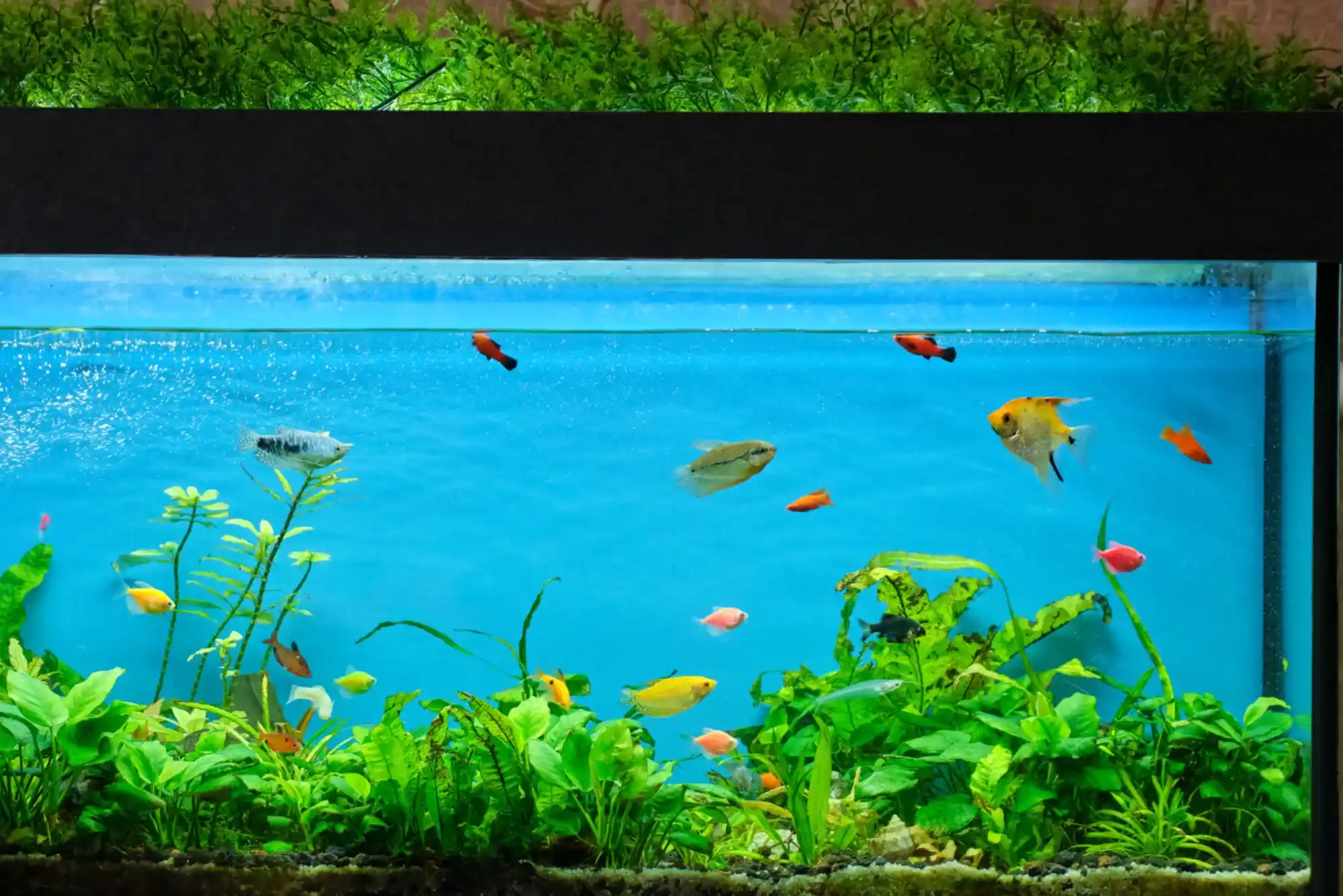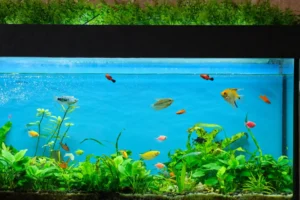
Why Invest in Dubai Real Estate? A Golden Opportunity with The Luxe Developers
Dubai has rapidly emerged as one of the world’s top real estate investment destinations. From luxurious skyscrapers to waterfront properties, the city offers unmatched returns and long-term value. If you’re planning to make a smart move in the property market, here’s why you should consider investing in Dubai real estate,











